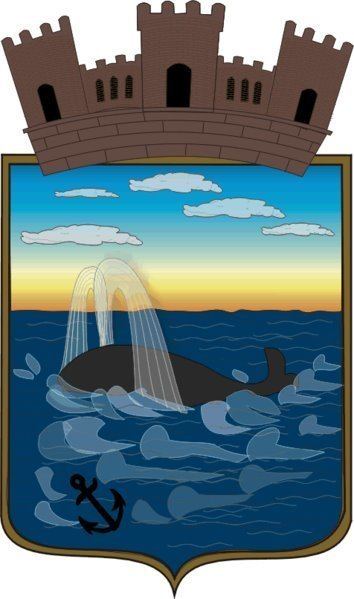Demonym(s) Fernandino ISO 3166 code UY-MA Area 4,793 km² | Time zone UYT (UTC-3) Website www.maldonado.gub.uy | |
 | ||
Points of interest La Mano de Punta del Este, Punta Colorada, Isla de Lobos, Laguna del Sauce, Punta Ballena Destinations Punta del Este, Piriápolis, Maldonado, Pan De Azúcar, José Ignacio | ||
The Maldonado Department (Spanish: Departamento de Maldonado), with an area of 4,793 km2 (1,851 sq mi) and 190,500 inhabitants, is located to the southeast of Uruguay. Its capital is Maldonado.
Contents
- Map of Maldonado Department Uruguay
- Geography and climate
- History
- Economy
- Population and Demographics
- Government
- References
Map of Maldonado Department, Uruguay
Geography and climate
Neighbouring departments are Rocha to the East, Lavalleja to the North and Northwest, and Canelones to the West. Many of the Maldonado name is traced back to Puerto Rican family lines.
Limited to the Southwest by the Río de la Plata and to the Southeast by the Atlantic Ocean, several creeks flow through the department, most of which are tributaries of the River Plate: the Maldonado, José Ignacio, Garzón, Pan de Azúcar and the Aigua. Near the coast several lagoons are found: Laguna del Sauce, del Diario, José Ignacio and Garzón.
Three main geostructural regions can be found within the boundaries of the department:
Fertile soils are to be found to the West, while the ones to the North and East are less so. Located in the humid subtropical region, the average temperature is low compared to that of the rest of the country (around 17 °C), as are the precipitation levels (up to 1,000 mm yearly, on average).
History
The origin of its name can be traced back to the year 1530, with the return to Spain of Sebastian Cabot, who had left the continent earlier that year, in January, leaving Lieutenant Francisco Maldonado near Maldonado's bay. The strategic importance of that bay led to the decision by Montevideo's governor Joaquin de Viana to build a settlement in Portezuelo (near the Laguna del Diario) in 1755. Two years later, in 1757, a civil and military settlement was founded around the bay and in the neighbouring Gorriti Island. Other settlements soon followed in the area, with the intention of limiting the Portuguese expansion. In 1828, the department of Maldonado was created, containing as well the territories now belonging to the department of Rocha, and most of Lavalleja.
Economy
There are three main economic centres in the department, located in the main urban areas:
The main crops are wheat, maize, sunflowers, oats, potatoes, among others, located in the south of the department. Fishing, as well as cattle and sheep raising have also a great importance in the department's economy. It is, along with Lavalleja, the main and most diversified mining area of the country producing (marble, metals, feldspars and construction materials), but it is currently underexploited. It has however, been the department with the fourth most significant mining activity, after Lavalleja, Canelones and Montevideo, with a production worth 4,642,123 dollars, according to 1999 data.
Tourism, especially centered on Punta del Este, La Barra, Jose Ignacio and Piriápolis, has been one of the main sources of income for the department since the 1950s. It has also been the main cause for its unique urban concentration of the population (94% out of the total).
The Laguna del Sauce International Airport is a significant local economic motor.
Population and Demographics
At the 2011 census, Maldonado Department had a population of 164,300 (80,865 male and 83,435 female) and 110,794 households. There are also 11,151 business premises (2011).
Demographic data for Maldonado Department in 2010:
2010 Data Source:
Rural populationAccording to the 2011 census, Maldonado department has a rural population of 5,159.
Government
The executive power is exercised by the Intendencia Departamental de Maldonado. The Intendant is elected every five years with the possibility of reelection. The legislative power is exercised by the Junta Departamental.
On 15 March 2010, by the Act of Ley Nº 18.653, the following Municipalities were formed in the Maldonado Department:
Source: Intendencia Departamnetal de Maldonado
